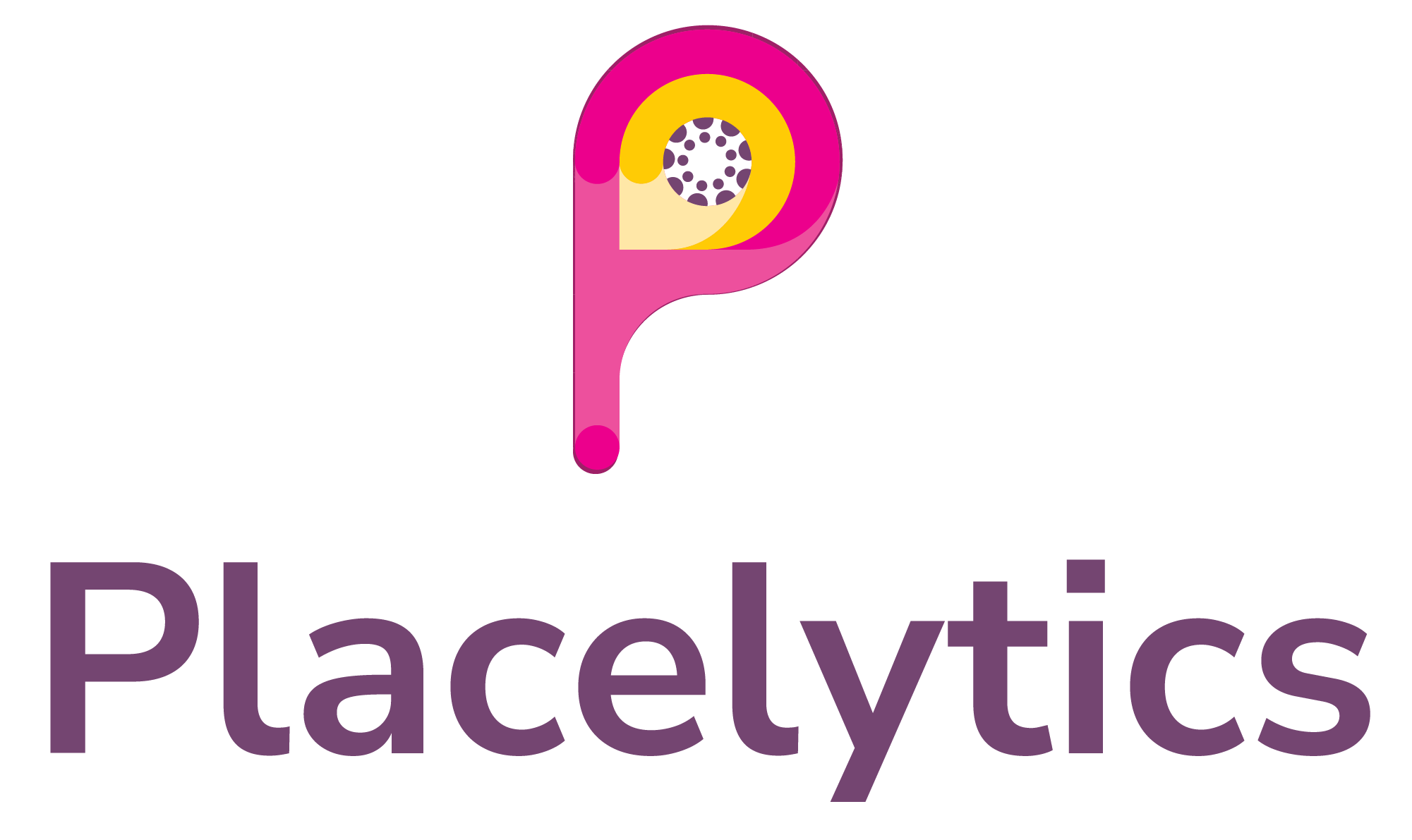
Introduction
Each year, the World Day of Assistive Technology offers us a moment to reflect on the tools and systems designed to empower individuals to navigate the world more equitably. But it also prompts a deeper question:
How does inaccessible infrastructure erode the everyday usefulness of assistive technologies for those who need them most?
At the heart of any good technology is ease of use. Even if an assistive device is smart and well-designed, it won’t be helpful if the environment around it isn’t accessible. When the world isn’t built to support these tools, they can feel more like a burden than a help.
When the Enabler Becomes a Barrier
Let’s take a seemingly ordinary example: a parent with a pram. A pram is not assistive in the conventional medical sense, but functionally, it is a mobility support that enables caregiving. They are meant to ease the challenge of mobility with infants, offering convenience in daily tasks. But for many parents, especially in urban environments, this promise quickly unravels.
Imagine this: A parent heads to the local supermarket. They can’t leave their child alone, so they set off with the child in the pram. The journey begins with broken sidewalks riddled with open potholes. Navigation becomes a careful, stressful negotiation with every step. When it comes time to cross the road, there’s no pedestrian crossing, only a subway with a steep flight of stairs. Now, the parent must carry not just the child, but the pram as well. And then, they remember, they haven’t even picked up the groceries yet. Now, imagine this happening 2 – 3 times a week for several years.
This is not just an inconvenience. It’s a deterrent. It shifts assistive tools from a source of support to a logistical nightmare. When accessibility is not embedded in our environments, the adoption of assistive technology suffers, not because the technology is flawed, but because the surrounding systems fail to support it.
And there’s a deeper, more systemic impact.
The Ripple Effect: Cost, Choice and Equity
Low usability leads to low adoption. Low adoption leads to reduced market demand. Reduced demand drives up costs for users, particularly for those in low and lower-middle-income groups. The result? A vicious cycle where assistive technology remains inaccessible to the very populations that need it most.
In other words, infrastructure inaccessibility creates a hidden tax on assistive technology, driving up cost, reducing market fit, and ultimately shrinking the reach of innovation.
Few Hard-Hitting Facts
While these examples are real and relatable, the numbers behind them are even more telling:
As per the WHO and UNICEF Global Report 2022,
- As few as 3% of people in some low-income countries have access to the assistive products they need, compared to 90% in high-income countries.
- Of the 80 million people globally who need a wheelchair, only 5–35% have access to one, depending on where they live.
- 1.5 billion people live with hearing loss, yet current hearing aid production meets less than 10% of global demand.
- The economic cost of unaddressed hearing loss alone adds up to a staggering US$ 980 billion annually.
These numbers don’t just represent gaps in access. They highlight the profound impact of neglecting infrastructure and inclusive design, both economically and socially.
The Bigger Picture: Infrastructure as a Determinant of Equity
Accessibility is not just about ramps and elevators. It’s about designing for real lives, with all their complexities and constraints. When infrastructure is designed inclusively, it multiplies the impact of assistive technologies. It turns adaptation into empowerment and transforms passive users into active participants in society.
Conversely, neglecting accessibility leads to compounding exclusion. People are priced out of assistive technologies, they are pushed out by systems that fail to accommodate them.
Conclusion
As we honour this day, let’s challenge ourselves and our communities to think beyond the device, because true accessibility starts with the intentional design of systems, environments, and policies that allow assistive technologies to thrive.
A cutting-edge mobility aid means little if public infrastructure remains inaccessible. A brilliant communication app falls flat if digital platforms aren’t screen-reader compatible. Innovation cannot succeed in a vacuum, it needs ecosystems that are inclusive by design.
This means reimagining everything from how we build cities, to how we educate professionals, to how we fund and regulate innovation. It means listening to people with lived experience, involving them in decision-making, and designing with communities. Because until that happens, until our systems are as accessible as our technologies aspire to be, even the most promising innovations will struggle to gain traction in a world that wasn’t built to support them.
Written by Placelytics Team
Learn more: www.placelytics.com

